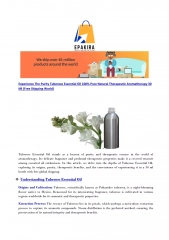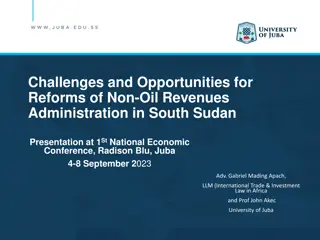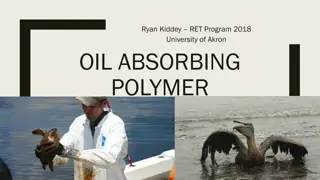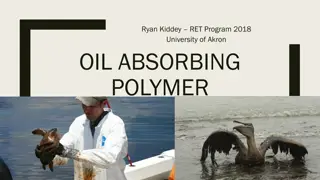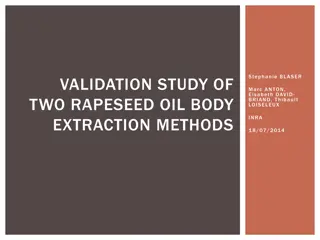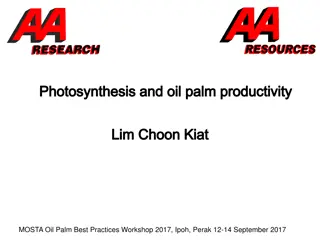The Athabasca Oil Sands: A Case Study Overview
This case study delves into the Athabasca Oil Sands region, discussing the context, reservoir characteristics, findings of previous studies, challenges posed by the original trap destruction, methodology for trap reconstruction, and results revealing various trap structures within the basin. It provides insights into the geological formation, oil extraction methods, and ongoing research efforts in this significant oil sands area in Alberta, Canada.
Download Presentation

Please find below an Image/Link to download the presentation.
The content on the website is provided AS IS for your information and personal use only. It may not be sold, licensed, or shared on other websites without obtaining consent from the author.If you encounter any issues during the download, it is possible that the publisher has removed the file from their server.
You are allowed to download the files provided on this website for personal or commercial use, subject to the condition that they are used lawfully. All files are the property of their respective owners.
The content on the website is provided AS IS for your information and personal use only. It may not be sold, licensed, or shared on other websites without obtaining consent from the author.
E N D
Presentation Transcript
Athabasca Oil Sands A Case Study Davis Mackintosh ES 486, Winter 2023
Presentation Overview Context Region Reservoir Previous studies Problem Methodology Results Conclusion
Region Alberta Basin East of the Rockies West of the Precambrian Canadian Shield Formed during Precambrian rifting Nearby reservoirs Peace River oil sands Cold Lake oil sands
Reservoir Sand Water Surrounds the sand grains Bitumen Fills porosity between grains Thick, very viscous oil Can be found in outcrops Biodegraded form of oil 1.8 trillion barrels Mining at surface Steam injection to reduce viscosity Oil sand outcrop. Photo from Oil Sands Magazine. https://www.oilsandsmagazine.com/technical/oilsands-101
Findings of Previous Studies Source is controversial Gordondale Member Exshaw Formation Combination Possible additional source rocks Migration Reservoir at shallower basin edge Oil Bitumen Displacement of water hindered further biodegradation Timing Late Cretaceous petroleum maturation Late Cretaceous - Paleocene: Maximum burial and flexural loading
The Problem The original trap extent was destroyed. Flexural loading of basin Uplift and erosion Original onlap (boundary between reservoir and shield) eroded What did the original trap look like? Find the answer by reconstructing the trap Update the model
Methodology Create a reconstructed model of the trap Large, basin-scale Map the present-day structure and shape of layers Flatten overlying layers to original horizontality Well and outcrop data Thickness of layers Identify the bitumen-water contact in well cores
Results - trap structure The 6 trap domains, and type of trap: Central: 4-way anticline Northeastern: Onlap Bitumen traps: Northern Southern Southwestern Wabasca
Results - trap structure Elevation of horizons Modern 84 Ma Well data, outcrop data Inferred by shifting overlying rock to a horizontal orientation
Results - models Present day with projected contacts 84 Ma restored structure with bitumen fill
Conclusion The goal was to reconstruct the structure of the trap. The trap at 84 Ma was reconstructed, using well and outcrop data to infer the elevation of contacts. The 6 trap domains were identified, using this restoration.
Thank you! Journal article by Tozer et al. https://people.wou.edu/~taylors/es486_petro/readings/Tozer_etal_2014_Athabasca_Oil_Sands.pd f


